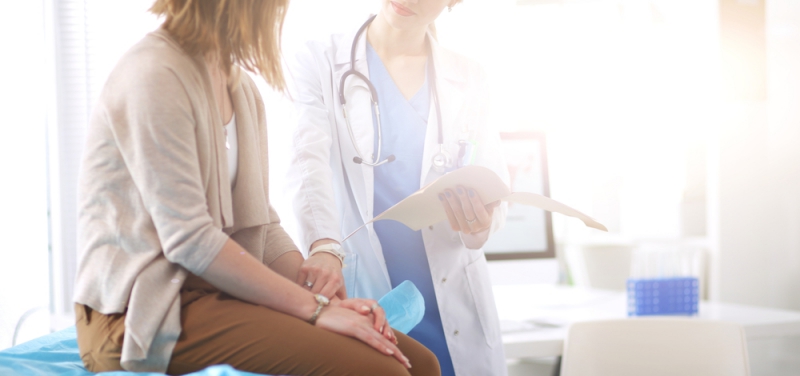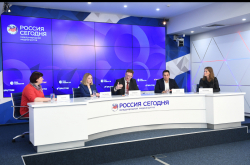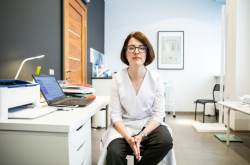Andrey Pavlenko, deputy director for oncology at the N.I. Pirogov Clinic of Advanced Medical Technologies of St. Petersburg State University, president of Cancer Fund, author of the project “The Human Life”, on the specifics of communication between a doctor and a patient wanting to use pseudoscientific treatment
One of the main constituents of the problem which can make a patient resort to alternative treatment methods after their doctor’s appointment is that the doctor doesn’t pay enough attention to communicating with the patient and practice empathy towards them. An average doctor in Russia communicates with their patients as they deem necessary because no one has taught them the right way of doing so. In Russia, courses on doctor-patient communication are still an exotic thing, and it is down to the interest and conscience of a specific medical professional to improve their communication skills. I think that only 10-15% of doctors in the country make a conscious and independent decision to work on their communication. The remaining 90% just turn their backs on the problem. The approach to communicating with patients as it stands is very formalized: a standard appointment only lasts for about 12-15 minutes and so no one really tries to fully grasp a patient’s emotional state, start a real conversation about it; no one knows how to show empathy towards patients in such a way that would encourage them to open up.
Another reason that we lose people to pseudoscientific treatments lies in the information field we are living in. It is marked with striking dissimilarities in our country, and if we take medicine as an example, it wouldn’t be too gross an exaggeration to say that the situation here is close to that of the Middle Ages. The website of practically every clinic in the West has a very well set up page for patients informing them, point by point, what is cancer based on its specific localization, which diagnostic methods are out there, what will happen to patients, how treatments are chosen. Reading through the page prepares a patient for interacting with a doctor, who, drawing on their communication skills, will be able to explain all what the patient feels was left unclear. This kind of communication will be exponentially more effective than from that we witness in our country.
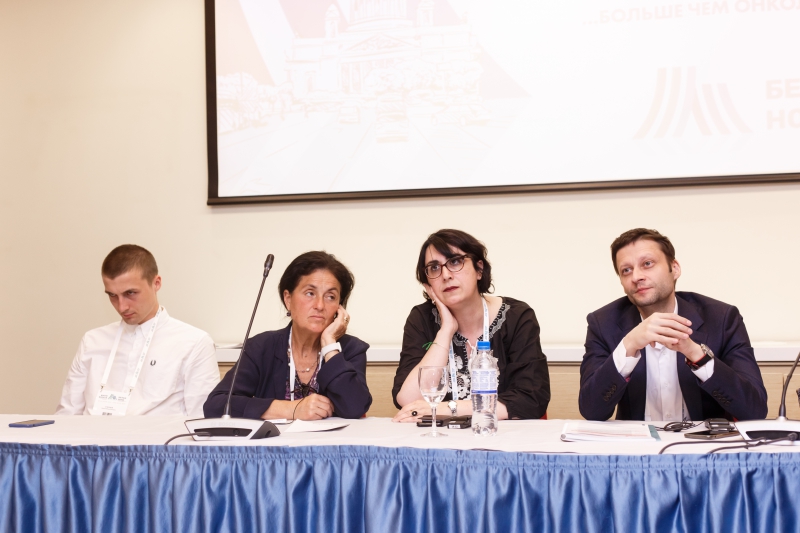
Even on a very popular internet destination of YouTube, the top-20 results for stomach cancer search include information that can hardly be called reliable. All these sources represent pseudoscience reaching out to an enormous audience: their subscribers count starts at 40,000 people with 1.5 to 2.5 million views. The problem is that it’s hard to prove to patients that what they’re seeing is pseudoscientific nonsense because the latter presents the issue in question in terms that are comprehensible for a member of public. If a patient has left a doctor unsatisfied with the communication they had, and then found such a resource by searching for information independently, it’s highly likely that they will opt for alternative medicine.
The third constituent of the problem is the consolidation of the pseudoscientific community and their unwillingness to give up their influence and profits. The people actively peddling pseudoscientific ideas are constantly monitoring the information space and attack those who advocate the scientific approach to treatments.
The fourth and most important component is rooted in the mentality of cancer sufferers. The degree to which a society has developed influences the choice of treatment. Our society is still in the stage of development, we are trying to awake to the state of being a community that is independent in making its own decisions. It’s not about the paternalistic approach, when a doctor dictates you a course of treatment with no explanations of the reasons why, anymore; it’s the attempt to affirm yourself as a person that wants to obtain reliable information and make an independent decision. We often make decisions on treatment based on liking a specific doctor. Failing which, it’s really easy to stumble on alternative methods.
When a patient asks how a doctor would react if they start taking an alternative treatment, the doctor should abstain from feeling angry. Anger often is doctors’ first reaction, but it is a destructive approach to treatment. You have to hear out the treatment options your patient has in mind. In my opinion, you shouldn’t reject those options that would, on a psychoemotional, placebo effect level alleviate the patient’s fears and reassure them that the illness can be cured. But this shouldn’t be an alternative to traditional, scientific treatment. The very fact that a patient seeks medical help says that this patient doesn’t see pseudoscientific treatment as the only true method out there. The doctor’s task here is to convince the patient that standard medicine is effective and there are options that can prolong their life (if this is the case).
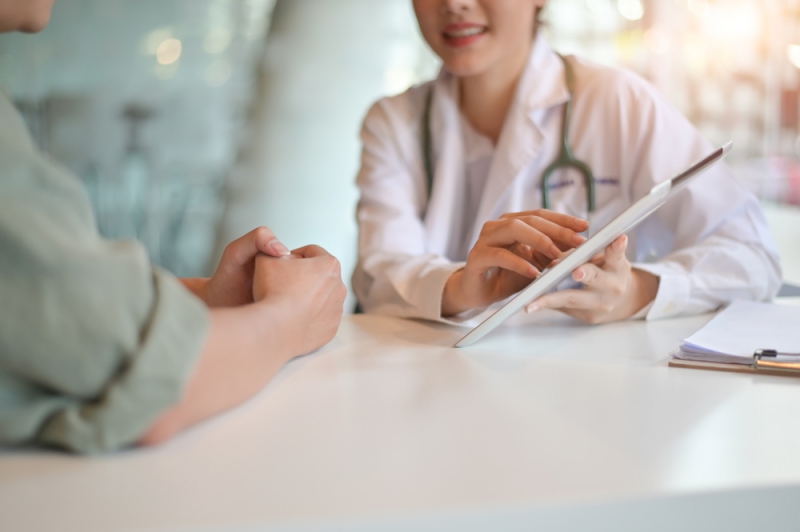
Having heard the patient’s opinion, the doctor shouldn’t attempt to change their mind: the patient should rethink the situation in consideration and with the help of the information provided by the doctor. The only thing that a doctor can do here is to inform patients of all treatment options available and their possible complications. If a patient asks to be given a non-aggressive pseudoscientific treatment parallel to the scientific one, you can agree to that as this will increase their level of trust. We’re bound to fail if there’s no wholesome communication between a doctor and a patient. It is only by changing the paternalistic model to the partnership one, which implies a transparent and empathetic discussion of all treatment options, that we can succeed.
Sergey Startsev, manager at the Center for Student Academic Development of the Higher School of Economics, on the doctor-patient relationship from the standpoint of medical anthropology
It would be wrong to trace the problem to a specific worldview and ignorance of the people who use alternative treatment methods. The specialists of Yale School of Medicine and Yale Cancer Center analyzed data on 840 cancer patients and discovered that 280 (one in three) of them had resorted to alternative medicine. This analysis cannot be projected on the society at large, of course, but it still shows that even the US, what with its slightly different approach to curing the illness, still has these artifacts.
There are two different models of doctor-patient interaction: the paternalistic model and the model of sustainable partnership. The paternalistic model implies that a patient is like a child that should be parented by a doctor who tells them what should be done and what shouldn’t. Learning that their patient dabs into alternative treatment methods, a doctor’s reaction inside this model is to get angry. In this case, the doctor’s office is a space where two explanatory models collide: the model of a doctor explaining the illness as a scientist and the model of a patient apprehending oncology in the course of their own illness and with their own body. Under the paternalistic model, a patient is an object from which the doctor should remove the illness. This is what the division between the ill and the healthy founds upon. Now, though, medical professionals are shifting to the view that there is no difference between ill and healthy people anymore.
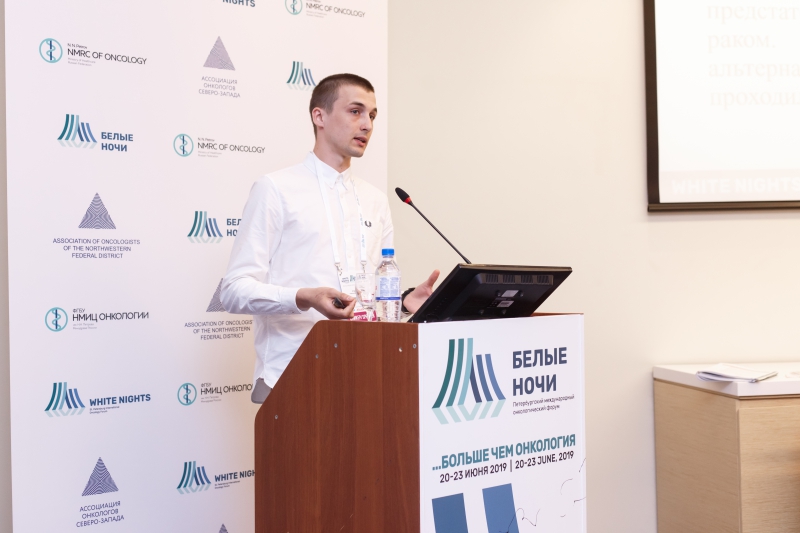
Traditionally, medical anthropology groups illnesses into indisposition (when something is wrong) and diagnosis, or pathological condition, which is identified on the basis of clinic notes. The problem is that it is the collision between indisposition and pathological condition as two different models that cause conflicts to arise. According to research, medical persuasions are formed not in school but on the level of families, friendship groups and acquaintances. If we look at how people grow up (being accustomed to the practice of conventional, scientific treatment in kindergartens and schools) and what surrounds them in their everyday adult life (a large number of drugstores and hospitals), it seems that it would be very hard to take a wrong turn away from that path. These persuasions are formed throughout a person’s life. When a person comes to a scientist, the collision of two viewpoints dictated by the paternalistic model can lead to people leaving for the alternative course of treatment.
The format patients use to talk to their doctors may seem parascientific: from a doctor’s scientific vantage point it is not substantiated by logic, but patients see it as divergent rationality. In other words, it means that if you as a doctor hear your patient say that a coffee enema or hunger therapy can help cure their breast cancer, it means that it’s not them going crazy; in their head, this decision is sound and valid. For example, those practicing alternative treatment methods believe that cancer feeds on glucose, so sugar must be avoided. This is the reason why parascientific healers are perceived as convincing. In this rationality system, everything adds up.
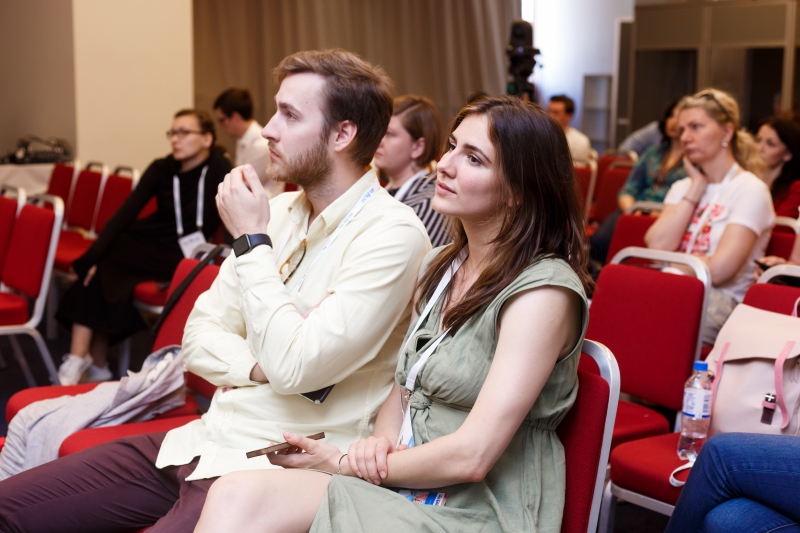
The proponents of alternative medicine supply a resource of trust that is not offered by conventional doctors. If a patient doesn’t find trust in their standard relationship with their hospital doctor, they will attempt to find it in a relationship with a parascientific one. This is related to the following sociological hypothesis: trust is the main and leading resource of what social institutions are founded on, and the patient-doctor relationship is a social institution. If an institution doesn’t get enough of this fuel, its resource will be found in another institution. The model of sustainable partnership, which encompasses a certain set of rules defining how a doctor should behave with a patient, is a result of an exclusive and personal reflection by the doctor on their profession (there is no set of rules per se as each and every patient is unique).
Daniela Ovadia, medical journalist and scientific director at Agency Zoe, on pseudoscience in medical communication and journalism
When we touch upon the topic of pseudoscience, it has to be noted that there’s always some scientific aspect to it, and that is the root of the problem. For instance, an article may go on about how antibiotics kill healthy bacteria which constitute the basis of the immune system, thus causing harm to the latter. We know that bacteria can help the immune system, but they are not part of it. The reader, meanwhile, has already got in their head that they do form its part, and a very important one at that. Moreover, there is a wide range of antibiotics that indeed can kill healthy bacteria, and this is the scientific fact being used. The same with aloe vera extract: the plant does have healing properties, but it cannot possibly kill off cancer cells even when applied in very high doses. In other words, pseudoscientific persuasions are really good with finding a scientific basis to back themselves up.
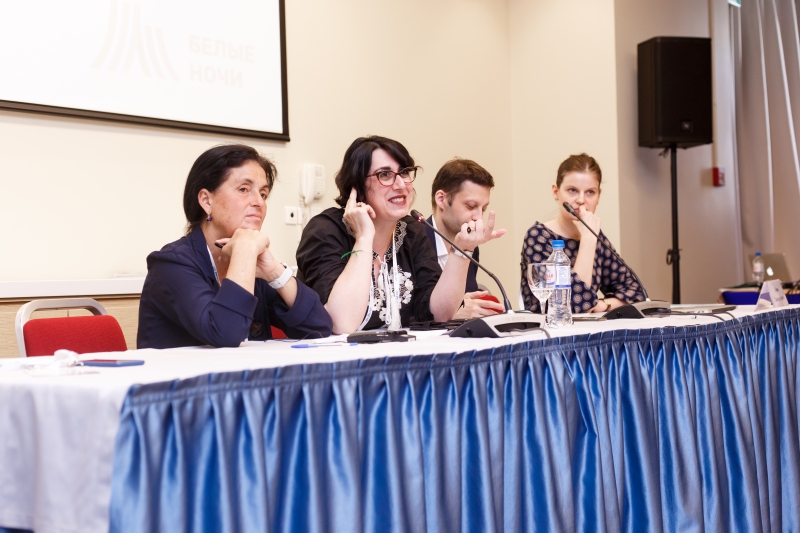
The decision-making of both readers and patients is influenced by fear. Medicine is permeated by this culture of fear that influences practically everything. One of recent public health reports says that when explaining a diagnosis to a patient, a doctor has to separate emotions (fear) from the analysis of the person’s state. There are many reasons that cause fear to emerge, for example, to what degree the issue captures the public attention, which often manifests in media headlines. One of the research articles analyzing medical headlines in social media identified that the topics that got the most coverage in the last 19 years were the swine flu, the Ebola virus and others. Ebola straight out dominated the social media space in some periods of time, with thematic articles filling up publishing schedules. Does that attest to the fact that Ebola is a serious problem? Either way, it leaves a definitive impact on how the public views the disease.
If we want to disassemble this fear culture, we have to be mindful of the number of articles dedicated to any given topic. Mass media have a strong influence on how people perceive the situation, this was even proven by research in the field of economics. If a person has a formed opinion, it’s not likely to be changed; if something has been presented as a threat for a long time, a person tends to perceive that the problem is more serious than it is in reality, and this sparks fear. An example of this is the widespread fear of flying, which prompts people to choose the least safe forms of transportation: trains or cars. Such diseases as cancer or cognitive disorders are shrouded in the aura of threat which has no connection to their real danger. Pseudoscience is a shadow of mainstream science, and this means that the latter has problems that engender and feed the former.
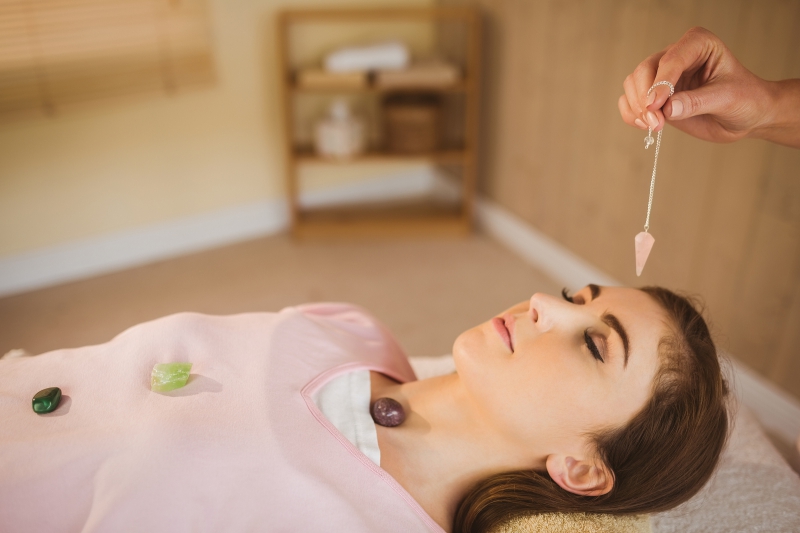
One of the problems faced by our community is the tone in which the information is presented to patients or readers. According to some research, even if you take the same data but present it to a reader in a different tone, they will perceive it differently. I often write about cancer, but I will never be able to title an article “We Found a Cure for Cancer” because all too often communication is perceived with a wrong connotation, making it necessary for us to explain everything to the smallest detail possible. But there are still tons of data positing that even if you spend hours on explaining what’s right and what’s wrong to patients, it’s extremely difficult to change their pre-formed opinions. And a mere explanation will not suffice because every decision is based on more than just the reason and judgement.
Another problem comes in the form of the question: who is the expert in treatments and science? It would seem that doctors are, but one of the editors of New York Times argues that experts present a threat to the paper and that it would be better to collect different opinions as experts’ opinions often lead readers to the wrong conclusions because they cherry pick those are the most convenient for them. This gives rise to a new problem: journalists cover science as a social phenomenon of a balanced form. This necessitates that different scientists and experts be given a voice, but we just cannot equate the power and authority of pseudoscience to that of conventional science.
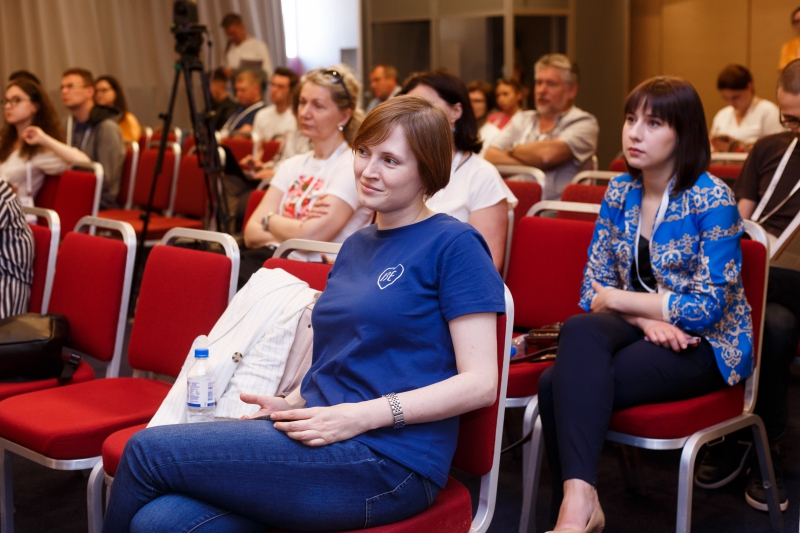
There is also the issue of overestimating the results of scientific research. Every time that we inflate the effect of some technology, we damage the public’s trust in the official medical community. Some research have shown that though people generally believe that science does good, this persuasion shifts when it comes to actually making decisions, and that is why people often turn to alternative treatment methods. We need an environment that would make people think what science really is, what its limitations and capabilities are and what are the limitations and capabilities of doctors.
